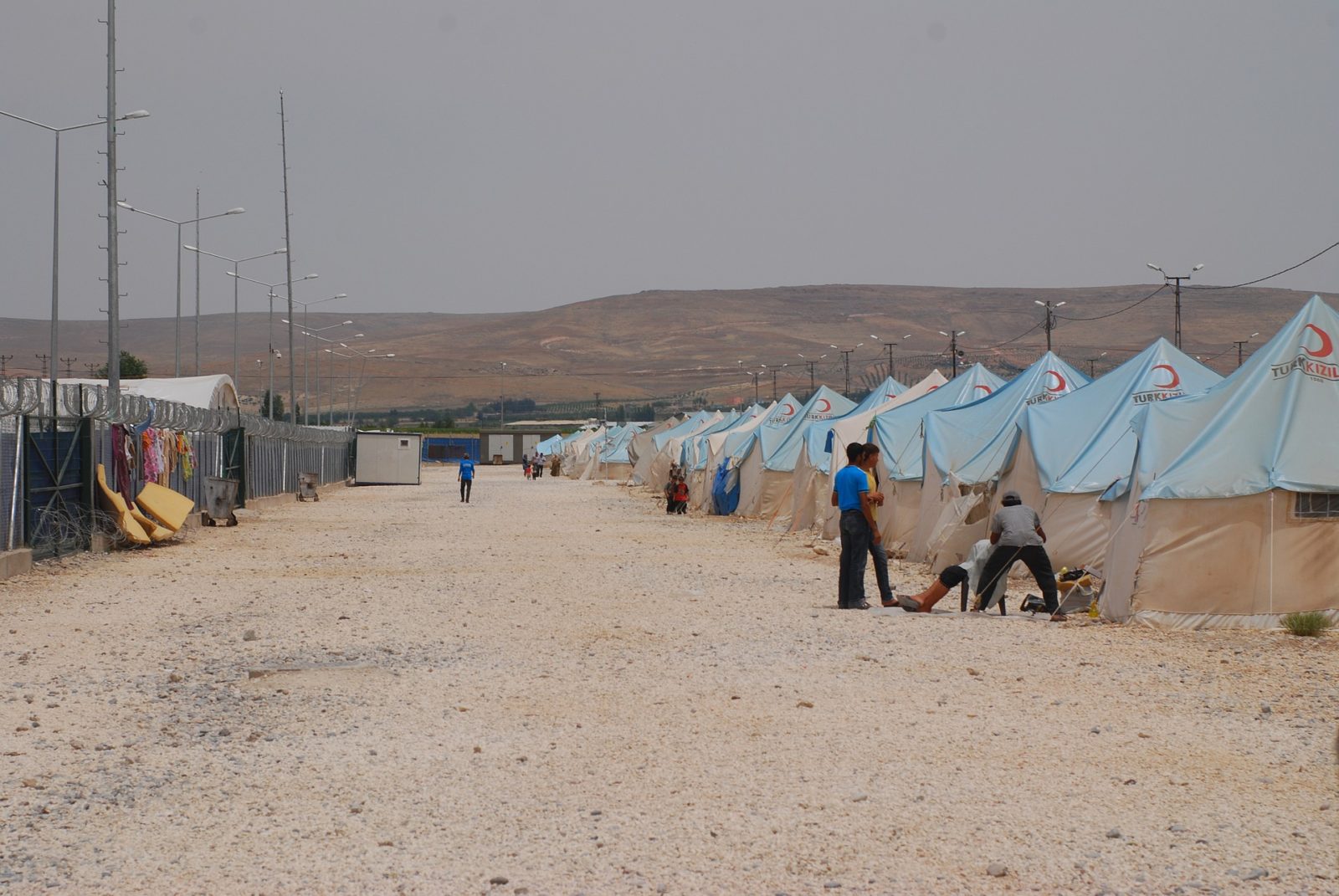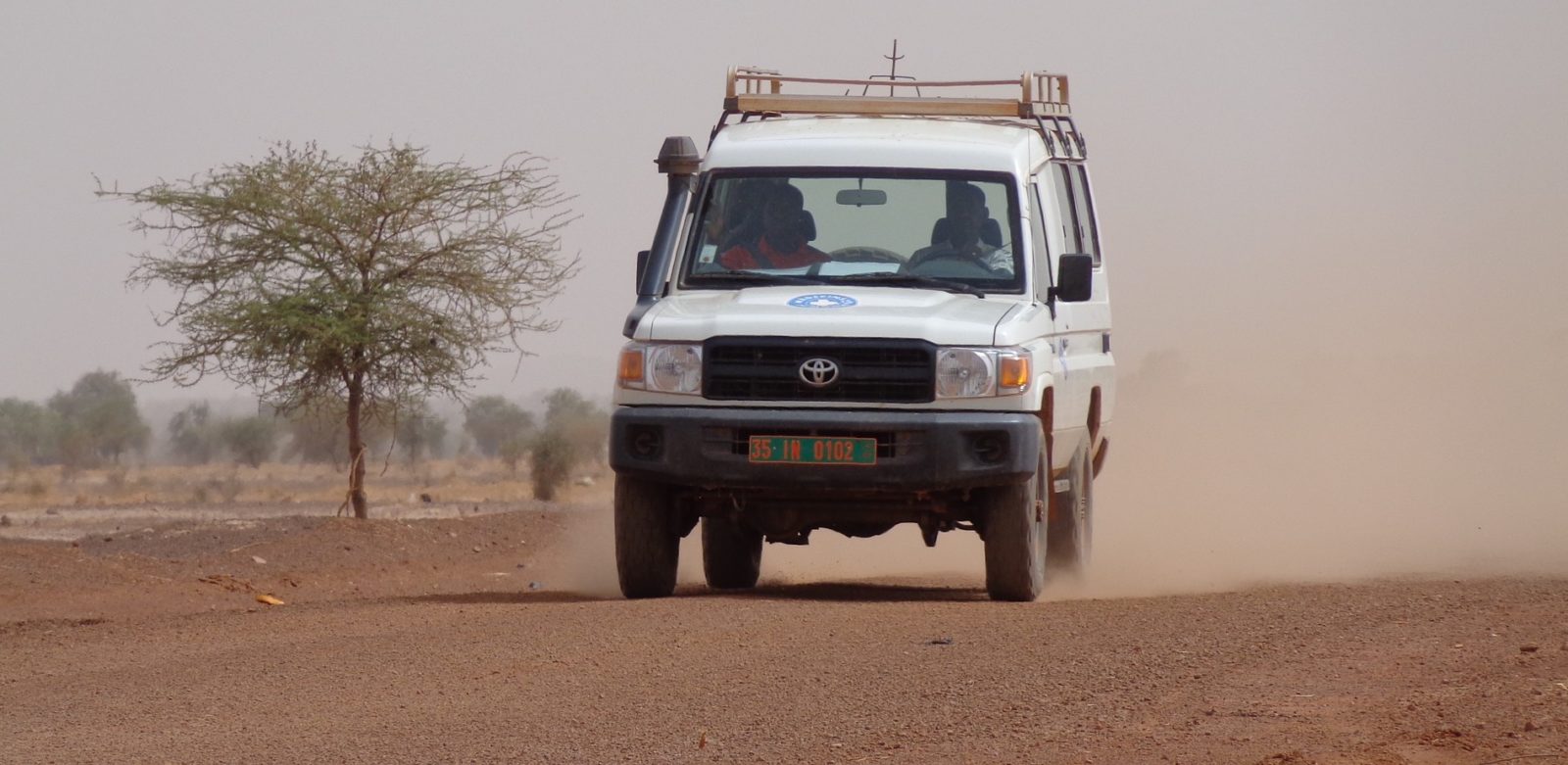In times of conflict non-governmental organisations are said to be the first to arrive and last to leave, stepping in to provide invaluable social and humanitarian relief when governments cannot. Yet, for those countering terrorism, non-profits present a double-edged sword. By alleviating poverty and strengthening cohesion they can help to prevent radicalisation. Yet, some of their organisational features put them at risk of being exploited to fund terrorism.
In the aftermath of 9/11, an international network of charitable organisations with connections to al Qaeda was revealed. Far-reaching measures were brought in to prevent charities from being exploited, knowingly or not, by terrorists. Under a revamped Financial Action Taskforce, a raft of recommendations targeted regulators, the financial sector and civil society around the world. In particular, Special Recommendation 8 sought to stem terrorist financing in the non-profit sector. Yet, almost twenty years after the 2001 attacks less than 10 jurisdictions are in compliance.
The context out of which the FATF recommendations emerged was difficult. Previously, the international watchdog tackled money laundering amongst its 30 members, work which had little to do with non-profits. However, within weeks of the New York attacks, it became responsible for extending a regime of financial surveillance to a sector known for its independence and neutrality, resulting in consequences felt by millions around the world for years to come.
Adopting regulations that identify wrongdoing without tarnishing the entire charitable sector has been a difficult journey. Responding to accusations of over-regulation, the FATF introduced a new risk-based approach in 2016. It urges proportionality, targeted measures and risk assessments, and sets the stage for a renewed effort to strengthen compliance in non-profit sectors around the world.
Responding to latest international good practice, the Global Facility on AML/CFT will be working to reduce the unintended impact on legitimate charitable operations when regulating the non-profit sector. In emphasising dialogue between civil society and regulators, the Facility intends to strengthen proportionate measures based on known risks.

Just how contentious this area of financial regulation is came to light in the context of the Syria conflict. It took the resources of a criminal prosecution to expose the differences between well-intended volunteers and charitable donations, and intentional support to terrorist groups like the Islamic State. But investigations also rely on the cooperation of non-profits and people, and examples from around the world indicate there are some useful lessons to be learned.
Avoiding unintended consequences
Throughout history, paramilitaries and terrorists have often exploited or used charities as a front for building support. In the 1970s, Irish republican terrorists openly raised funds in the USA through a charitable organisation that provided a veneer of respectability – and source of cash – for their cause. Today, governments are far more assiduous in following up allegations that humanitarian relief is going into the wrong hands, as shown in a criminal case involving fund raising by the Tamil Tigers, the Sri Lankan separatist terrorist group.
Some of today’s proscribed organisations provide extensive public services to the populations from which they draw support. Hezbollah, the self-styled Lebanese resistance group, is reported to have run 4 hospitals, 12 clinics, 12 schools and two agricultural centres. Despite claims to separate its welfare and charitable purpose from its operations – and a good degree of controversy about its status – it has been proscribed in many jurisdictions around the world. Yet, in times of emergency, tightening procedures to vet charities for possible terrorist links can have counterproductive consequences, as the response to the devastating 2015 earthquake in the Kashmir region of Pakistan showed. When terrorist groups mix charitable purpose with violent insurgency amidst afflicted populations, the challenge is to undermine the terrorists’ cause rather than strengthening it.
FATF recommends measures that “do not disrupt or discourage legitimate charitable activities, and should not unduly or inadvertently restrict NPOs’ ability to access resources.”
In the void left by absent or failing government services, social entrepreneurs and grassroots charities often emerge, which is why the FATF best practice recommends measures that “do not disrupt or discourage legitimate charitable activities, and should not unduly or inadvertently restrict NPOs’ ability to access resources, including financial resources, to carry out their legitimate activities.”
To regulate effectively, analysts distinguish between intentional complicity and those charities that have been exploited unknowingly, perhaps because of where they work, weak oversight or their dependence on the goodwill of donors and staff. Knowing the difference points to different responses. For charities that have been exploited, solutions can vary depending if abuse is by “insiders” or “outsiders”. For the former, measures to strengthen governance, oversight and financial control are important, whereas for the latter information sharing with authorities about partners and beneficiaries would be relevant.
As philanthropy can have strong cultural and historical roots, there are some financial practices which in other sectors would prompt regulatory concern. Receiving anonymous cash donations, for instance, may be normal for some charities, but would be unheard of at a bank. Dialogue becomes essential to identify and recognise these idiosyncrasies and regulate proportionately. For many working in the sector, measures decided in the Global North in the wake of 9/11 did not take account of these nuances of context.

International standards were seen to make it harder for charities to intervene neutrally amidst conflict and limited civil society activities more generally. However, in revising its interpretation of recommendation 8, the FATF has emphasised the need for a two-way dialogue, noting how this can result in better targeted regulation, information sharing and stronger implementation.
Earlier this year, the FATF launched a new project with the objective of mitigating a number of unintended consequences emerging from existing efforts to counter terrorist financing. The project identifies four consequences for its study: de-risking and financial exclusion; suppression of non-profit organisations; and threats to fundamental human rights stemming from the misuse of international standards. Though the FATF explicitly requires its recommendations are implemented in line with international human rights law, this study appears to acknowledge cases of over-regulation.
Others have identified a wider trend of “policy laundering”, where national governments use international forums, such as the FATF, to legitimise coercive and repressive regulation of civil society.
Collaboration and consultation in rule-making and implementation is an important change and is intended to mitigate unintended consequences. And as governments engage in dialogue with the non-profit sector there is the opportunity to share information and better evaluate risk of terrorist abuse and infiltration of the sector.
Turning towards risk-based regulation
While some terrorist organisations seek to exploit charitable connections, very few charities have been tied to terrorism. In one annual assessment, a UK charity regulator reported 1,569 cases responding to allegations of fraud, mismanagement and political affiliation with only a minority involving terrorist links – against a total sector of 165,000 charities. Nevertheless, there are many ways in which terrorists can exploit charities. Even though instances are rare, significant physical harm can result, they can put charities under the media spotlight, and harm their reputation.
Vulnerabilities present in the non-profit sector are often mistakenly and automatically equated to a high risk of terrorist abuse. This has led to instances of over-regulation which has made it harder for charities to operate, access and disburse funding. This has had the counterproductive effect of forcing their funding flows underground or stopping activities altogether. Similarly, in 2014, the FATF acknowledged that de-risking, that is ceasing relationships with “entire classes of customer, without taking into account, seriously and comprehensively, their level of risk or risk mitigation measures for individual customers within a particular sector” can increase risk and opacity in the global financial system, which does nothing to tackle terrorist financing.
The introduction of a risk-based approach involves pinpointing where threats can exploit vulnerabilities. This has meant paying attention to the beneficiaries, proximity to a conflict zone and the types of charitable resources that are disbursed. Being more accurate in identifying particular threats and vulnerabilities reduces the regulatory burden. It means registration, information sharing, auditing and record keeping is strengthened where it needs to be.
In the developing world, non-profits are not necessarily regulation-averse, which is good news for regulators. Non-profits in Africa took the initiative in advocating for proportionate and targeted regulation so as to protect freedom of association and their operations, as well as access to financial services and funding. Mamuka Jgenti, the Global Facility’s expert on non-profit compliance, notes, “The Task Force themselves recommend involving non-profits in risk assessments of the sector. Some countries have been able to improve their compliance and assessment rating – not undermine it – through dialogue and collaboration with charities.”
The turn towards a risk-based approach emphasises proportionate, targeted and effective compliance measures. This means investigations and enforcement actions are more likely to succeed in identifying cases of terrorist funding. Targeted risk assessment also demands that the state better assimilate intelligence and information about the forms and methods through which terrorist organisations use non-profits. Urging dialogue means that relationships can be built as information and knowledge is shared to mutual advantage. And the public can be involved too. In the UK and Denmark proactive public advice and awareness campaigns help citizens to give safely to Syria, focusing donations on known charities.
Collaborating with the non-profit sector in some jurisdictions can help to create a broad alliance of organisations and enterprises, including micro-finance institutions, against money laundering and terrorist financing. That sort of cooperative, coordinated action is important amidst the Covid 19 pandemic which has increased pressures for the non-profit sector. In Asia, the sector has registered instances where measures to counter terrorist funding have impeded operations but nevertheless are building forums for dialogue and two-way learning with regulators. Collaborative working between governments and charitable organisations will become ever more important as the full extent of the impact of the pandemic continues to unfold.




